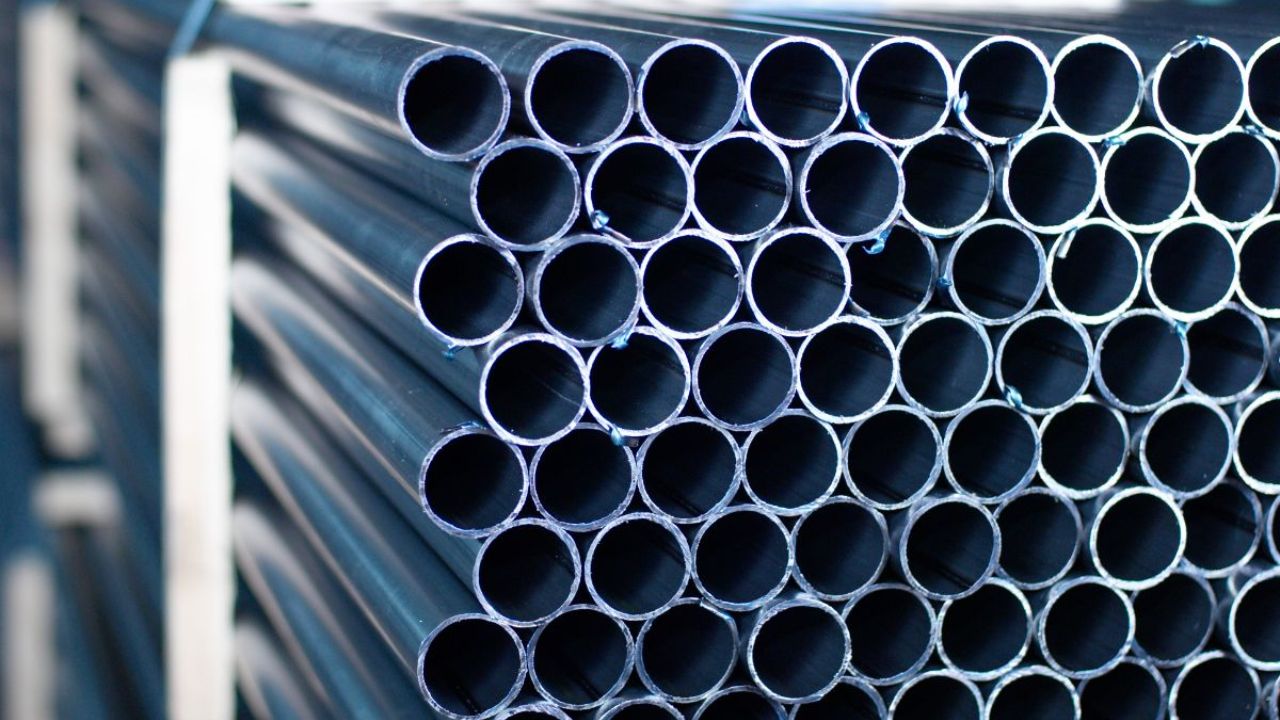The NPS (Nominal Pipe Size) system stands as a common standard for selecting pipes based on dimensions for different applications. Engineers and contractors together with professionals depend on the NPS pipe size chart as their fundamental tool for selecting appropriate pipe dimensions. The Nominal Pipe Size Definition And Calculation Formula helps determine the pipe’s size by considering its outside diameter and wall thickness. This article analyzes the NPS pipe size chart by describing its essential elements and showing how to understand its information easily.
What is NPS?
The standard measurement system for indicating pipe dimensions in both the U.S. and Canadian markets is called Nominal Pipe Size (NPS). The NPS designation serves as a standard reference for pipe selection while the actual pipe diameter remains different from this nominal value. The NPS system serves as a simple tool for pipe selection and maintains system compatibility between all system components. NPS functions as a general measurement of pipe diameter, even though it does not show the precise external dimensions. In general, the larger the NPS number, the larger the pipe diameter.
How the NPS Pipe Size Chart Works
The NPS pipe size chart demonstrates how to determine pipe nominal dimensions through measurements expressed in inches. The NPS pipe size chart contains two essential parts, which include the NPS number and the schedule information. The NPS number shows the standard pipe dimensions, while the schedule value indicates the measurement of pipe wall thickness. The pressure rating and strength of a pipe depend on its NPS number and schedule combination. The standard NPS pipe dimensions span from 1/8 inch to 48 inches, but industrial and commercial applications most frequently use sizes between one inch and twelve inches. Extra designations using OD (Outside Diameter) help explain the dimensions of pipes that exceed 12 inches in size.
Understanding the NPS Number
The NPS number functions as a fundamental parameter for choosing pipes in any application. Pipes grow in nominal size according to the increasing value of their NPS number. An NPS 1-inch pipe has a 1-inch nominal diameter. Yet its outside diameter measures approximately 1.315 inches. A pipe with NPS equal to 2 inches will feature a diameter measurement of about 2.375 inches. The NPS number maintains its consistency while different systems use it for standardization purposes, even though the dimensions show slight variations. The NPS number functions as a basic reference standard for manufacturers and end-users, although it does not establish a direct connection between pipe dimensions. Standardization of pipe sizes depends on this fundamental system, which ensures consistent choices during selection.
Schedule: Wall Thickness Matters
The schedule of a pipe represents an essential factor that affects the selection of an appropriate pipe size for specific applications. The pipe wall thickness specified by the schedule determines three essential characteristics of the pipe. These are strength, pressure rating, and operational capacity. The pressure resistance capability of pipes increases with higher schedule numbers because the wall thickness increases. The pipe size chart displays the NPS number together with the schedule identification. The outside diameter and wall dimensions of an NPS 2 pipe with schedule 40 differ from those of an NPS 2 pipe with schedule 80 because the latter has thicker walls to manage higher pressure.
Converting NPS to Other Measurements
The NPS system operates mainly in the United States and Canada, but international projects may require converting NPS measurements to either millimeters (mm) or centimeters (cm). Most conversion charts exist, but learning about the conversion principles might enhance understanding. The conversion from NPS 2 inches to 50.8 millimeters in diameter is correct, but double-checking these measurements becomes crucial for industries that require precise measurements.
Considering Pipe Material in NPS Size Selection
The interpretation of the NPS pipe size chart requires consideration of the material used for the pipe. The pressure and temperature tolerance, along with corrosion resistance, of steel, PVC, and copper differ from each other. The standardization of NPS pipe sizes does not alter how the material properties affect the performance of the pipe within its intended application. A schedule 40 steel pipe exhibits dissimilar performance characteristics to a schedule 40 PVC pipe, regardless of their identical NPS measurements. The selection of pipes requires consideration of both NPS size and material properties to achieve system requirements and environmental operational needs.
Conclusion
Technical professionals who work in the construction, engineering, and plumbing sectors need to understand the NPS pipe size chart for their work. The knowledge of NPS number relationships with schedule ratings and pipe dimensions helps professionals pick appropriate pipes for diverse applications. The NPS system delivers standardized and simple methods to select pipes, which ensures pipeline design reliability through compatibility. People who dedicate time to learn the workings of the NPS system will prevent expensive errors that lead to project failure.

